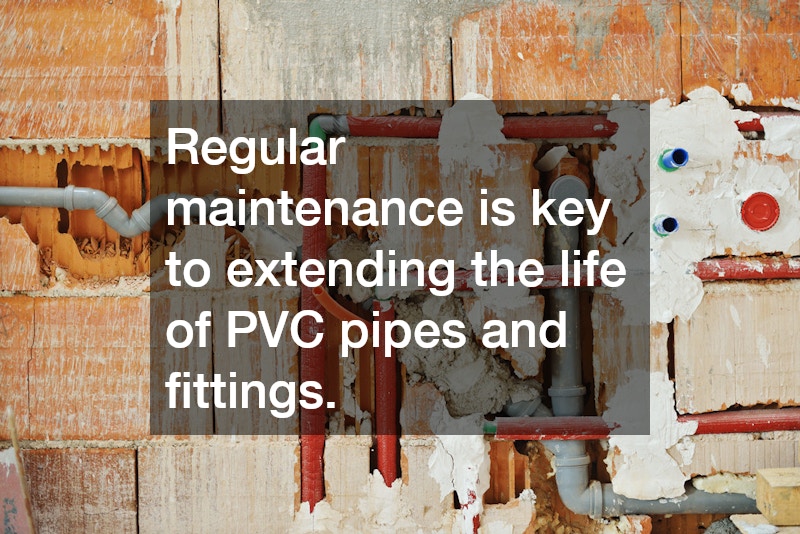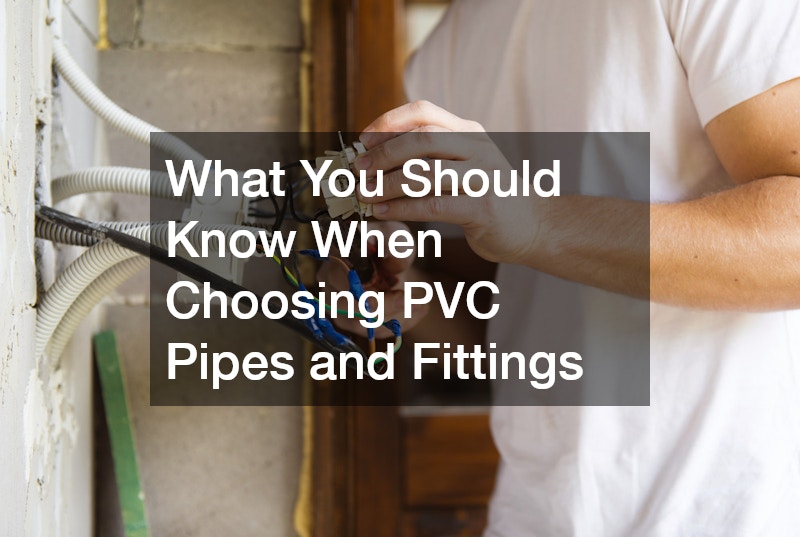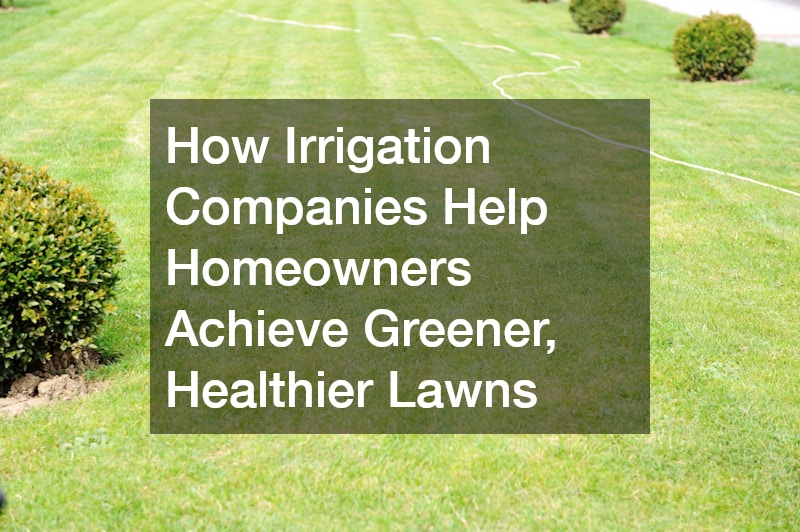PVC pipes and fittings are essential components in a variety of plumbing and construction projects. Due to their durability, affordability, and versatility, they are widely used in residential and commercial environments. However, selecting the right PVC conduit and fittings requires careful consideration to ensure appropriate application and performance.
Understanding PVC Material Composition
PVC, or polyvinyl chloride, is a synthetic plastic polymer known for its strength and durability. It is non-toxic, making it a safe choice for utility pipes and conduits used in residential spaces.
PVC compounds are engineered to be resistant to a variety of environmental conditions, including moisture and chemical exposure, making them a dependable material for pipes and fittings.
Furthermore, the ability to withstand high pressure and temperature variations is a key advantage of PVC conduit and fittings. The material’s resistance to corrosion is an important factor, as it prolongs the lifespan of plumbing systems. Therefore, understanding the basic composition of PVC can guide you in making informed decisions about which type is suitable for your specific application.
When it comes to installation, PVC’s lightweight nature makes it easier to handle compared to metal materials. This ease of installation can translate to cost savings in terms of labor and time. Moreover, PVC pipes and fittings are designed with a smooth interior surface, reducing friction and promoting efficient fluid flow, which results in fewer clogs and maintenance requirements.
Types of PVC Conduits and Their Applications
There are various types of PVC conduit and fittings, each designed for different applications and conditions. Schedule 40 and Schedule 80 PVC conduits, for instance, are two common types distinguished by their wall thickness and pressure ratings. Schedule 40 is typically used for water systems, whereas Schedule 80, with its thicker walls, is used in high-pressure applications.
Electrical conduits, another form of PVC pipes, are used to protect and route electrical wiring in a building or structure. These conduits help prevent electrical fires and hazards by providing a protective shell against electrical insulation failures. Furthermore, using PVC for electrical conduits provides a cost-effective solution, as it is cheaper than metal alternatives yet still offers efficient performance.
For drainage and sewage applications, PVC exceeds many other materials due to its non-reactive nature, effectively handling wastewater without degrading. Smooth inner wall construction assists in maintaining a steady flow, minimizing clogs and buildup. Its resistance to corrosion from chemicals and moisture makes it a preferred choice for drainage systems, ensuring longevity and reliability.
Factors to Consider When Selecting PVC Pipes and Fittings
Identifying the appropriate size and measurements is vital when choosing PVC pipes and fittings for your project. This includes considering both the diameter and length, as they will affect compatibility with existing systems and the scope of the project. Moreover, matching the pipe size to the water flow requirements will optimize efficiency and prevent future leaks or pressure issues.
The specific environmental conditions and exposure to elements like UV light or chemicals can influence the performance and suitability of PVC materials. Certain types may require additional protection, such as coatings or burying underground, to preserve their integrity and functionality over time. Thus, exposure considerations will guide the selection of the right PVC product for both short- and long-term needs.
Quality standards and certification should not be overlooked when selecting PVC conduits and fittings. Pipes that comply with ANSI/NSF standards signify they are suitable for potable water applications, ensuring safety and quality. Furthermore, verifying manufacturer’s ratings and reviews can provide insights into the reliability and durability of the PVC products you are considering.
Installation Tips and Best Practices
Proper installation of PVC pipes and fittings is crucial to ensuring their performance and longevity. One important tip is to ensure all pipe cuts are smooth and clean, which minimizes the risk of leaks and enhances fitting connections. Protective gloves and goggles should be used during installation to safeguard against potential injuries or chemical exposure.
Ensuring that the pipes and fittings are adequately supported throughout their length is essential to prevent sagging and misalignments. Regularly spaced supports help maintain alignment and integrity, especially in long piping arrangements subject to movement or weight stress. This proactive measure can mitigate potential disruptions or damages over time, sustaining overall system efficiency.
Using appropriate adhesive compounds specially designed for PVC is important for sealing joints. It is crucial to follow manufacturer guidelines regarding the application of adhesives to achieve strong, lasting bonds between pipes and fittings. Allowing sufficient curing time is vital to ensure that the system is ready for operational pressure with minimized risk of leaks.
Maintenance and Longevity
Regular maintenance is key to extending the life of PVC pipes and fittings. Routine inspections can help identify potential issues such as leaks, cracks, or signs of wear before they escalate into major problems. Scheduled maintenance not only helps in maintaining system efficiency but also reduces unexpected repair costs.
Keeping the surfaces of PVC clean from dirt and debris aids in monitoring their condition and detecting faults early. In case of any discovered damage, replacements should be done promptly to avoid further complications or damage to the broader system. Following these maintenance practices significantly contributes to increasing the lifespan of PVC installations.
Despite PVC’s durability, it is wise to stay informed about technological advancements in piping systems. Improvements and innovations in the PVC industry may offer enhanced features, such as increased resistance to environmental factors, creating further efficiencies and extended service life. Staying updated with these advancements can ensure that you are integrating the best materials available in your systems.





